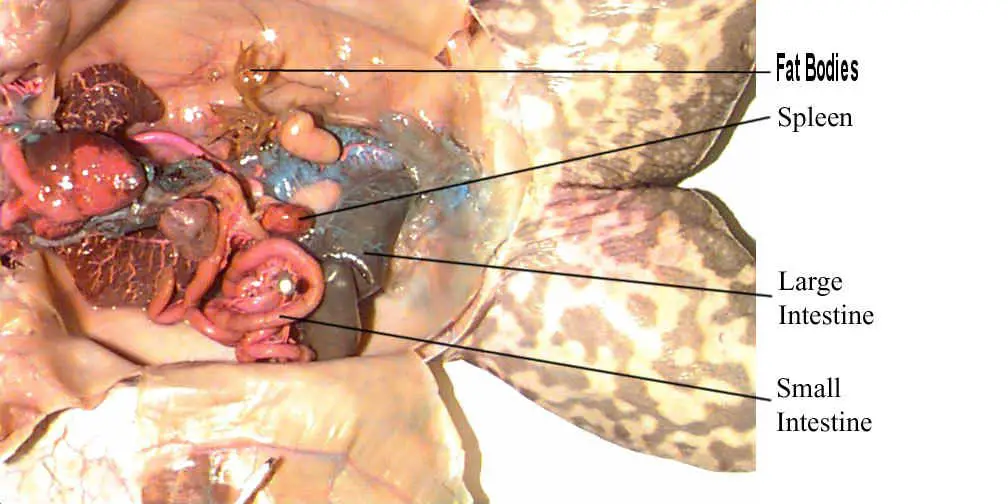

Student or teacher, don't miss this site. This is an excellent learning tool, and should be a strong example of the learning power of the Web. As a supplement to this, MPEG movies are available for download, however they are large files (up to 2.6 MB). If the student clicks on the right spot, theyĪre told so. "practice" where students test what they've learned by clicking on image maps of frogs. Each lesson is followed by an interactive
Frog dissection biology how to#
From initial incisions to internal organs, users are shown how to dissect a frog. The Interactive Frog Dissection, designed for use by high school biology students, is a "virtual" hands-on Students can easily navigate and learn and not even think twice about the page setup, which is an optimum environment. This site is impeccably organized and easy to follow. The imagery is simple and easy to follow, and the nature of this site makes it (understandable graphics intensive.

The descriptions are not lengthy, however. Also, some teachers express the hope that by learning about their own bodies through dissection, students will come to respect how their bodies work, and think about how they treat them and what they put into them.What a great concept, and a great way for students to learn. It is thought that if students see and feel these organ systems for themselves, they will take more out of the lesson than if the teacher just lectured or assigned readings about it. While it is true that many people, for many different reasons, oppose dissection in the classroom, and offer alternatives like models or online options, dissection is still a valued educational tool thanks to its hands-on nature. The use of these frogs serves a dual purpose, controlling their populations and providing a learning experience at the same time. Bullfrogs, while not the only frogs used for dissection, are among the most common. This is especially the case when it comes to other frogs-bullfrogs are known to eat other frogs and drive other frog species out of their natural habitats. While they naturally help to control insect populations, they are also threatening native populations of other animals. Bullfrogs, for example, are an invasive species in much of the United States. Also, frogs have a relatively short life span to begin with, and while some species are rare in some places, others are abundant and are therefore prime candidates for use in dissection. They're an appropriate size for dissection in the classroom and make the process manageable for students and teachers. There are practical advantages in using frogs, too. The role that this tongue allows the frog to fulfill-consuming insects as its primary food source-is important in the balance of many ecosystems the frog is a part of. For example, the tongue of a frog has adapted to have great length, strength, and speed in order to effectively catch insects in flight. Certain body structures and adaptations can be seen in frogs that illustrate how they evolved over time and how they fill particular niches in the ecosystems they belong to. In addition to learning about themselves, students can learn about ecology and evolution through frog dissection. The organs present in a frog, and the way they are laid out in the body, are similar enough to humans to provide insight for students about how their bodies work. While the way their bodies work is nowhere near identical to a human’s, there are many similarities. One reason frogs are often chosen to be dissected is that their bodies provide a good overview of the organ systems of a complex living thing. While there are various aspects that may differ between humans and other animals, many of the organ systems in complex animals work in similar ways to those of humans. Seeing these organs and understanding how they work within a single animal allows students to understand how these systems work within many other animals, including themselves. In dissecting an animal, students see, touch, and explore the various organs in the body. There are many reasons that students in biology classes are asked to perform dissections, and they have a lot to do with understanding the body and the wider world. But, apart from inspiring the medical professionals of tomorrow, what is the purpose of dissection? And more importantly, why is everyone always dissecting those poor green amphibians?

There are many surgeons who say that they first discovered their life’s passion standing over a dissected frog in a middle or high school biology class.


 0 kommentar(er)
0 kommentar(er)
